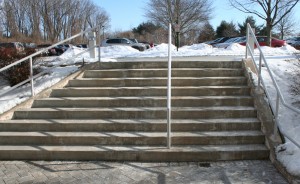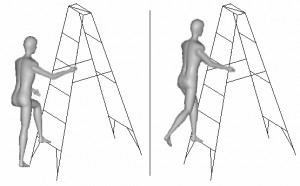Codes and standards specify criteria that, ideally, ensure that a product, material or process will consistently and safely perform its intended function. Although standards provide minimum design requirements, conforming to a standard is not always sufficient to prevent an accident. A key aspect of accident investigation consists in determining the applicable standard (including the relevant revision) and whether it was satisfied in the subject instance. Our extensive research capabilities ensure that you will be provided with the appropriate standard. We will also assess whether the standard was satisfied and if compliance with the standard constituted adequate protection.
Our engineers have been assisting attorneys and insurance representatives in investigating accidents since 1990. We have a highly qualified staff of engineers with advanced degrees from top-tier universities who have provided testimony on behalf of both plaintiffs and defendants at trial


